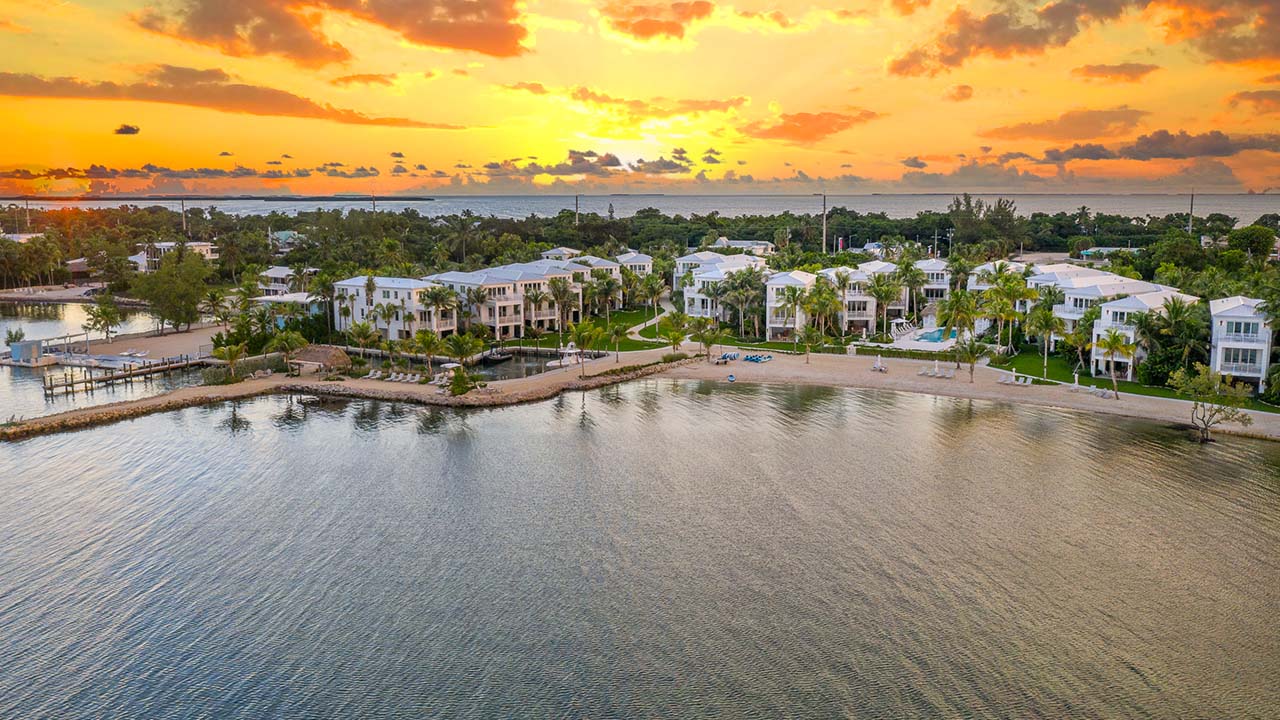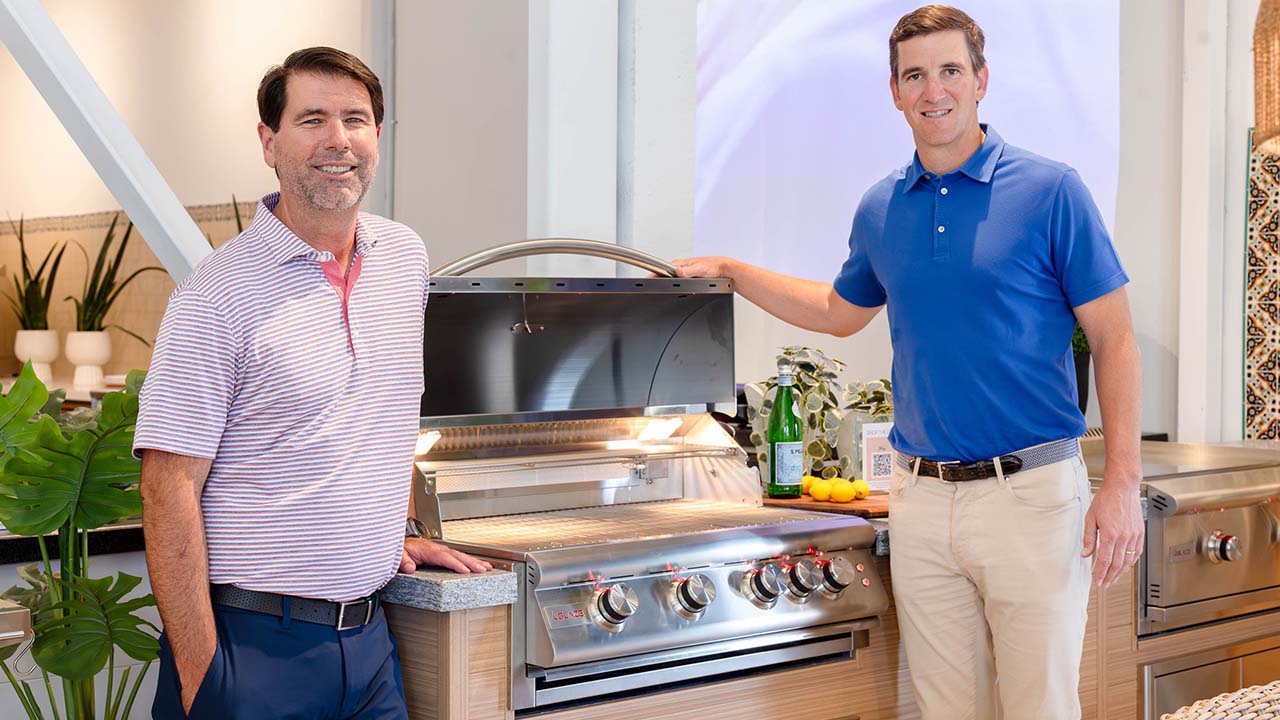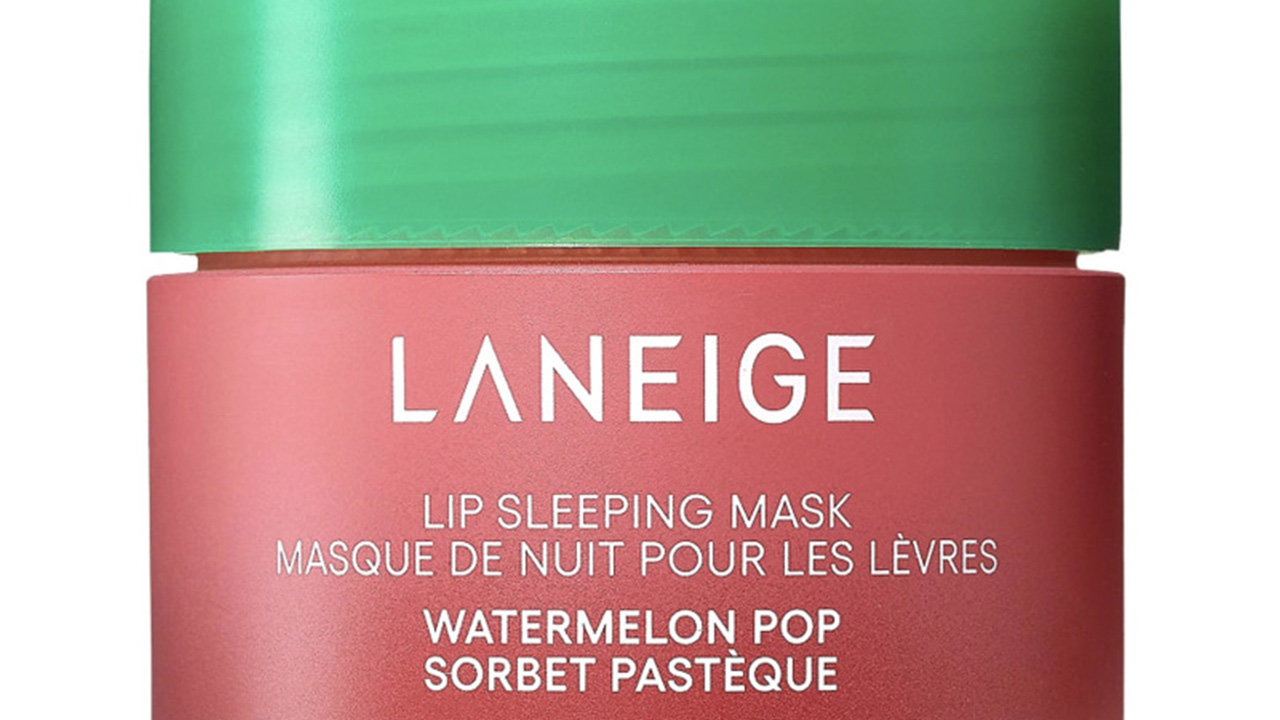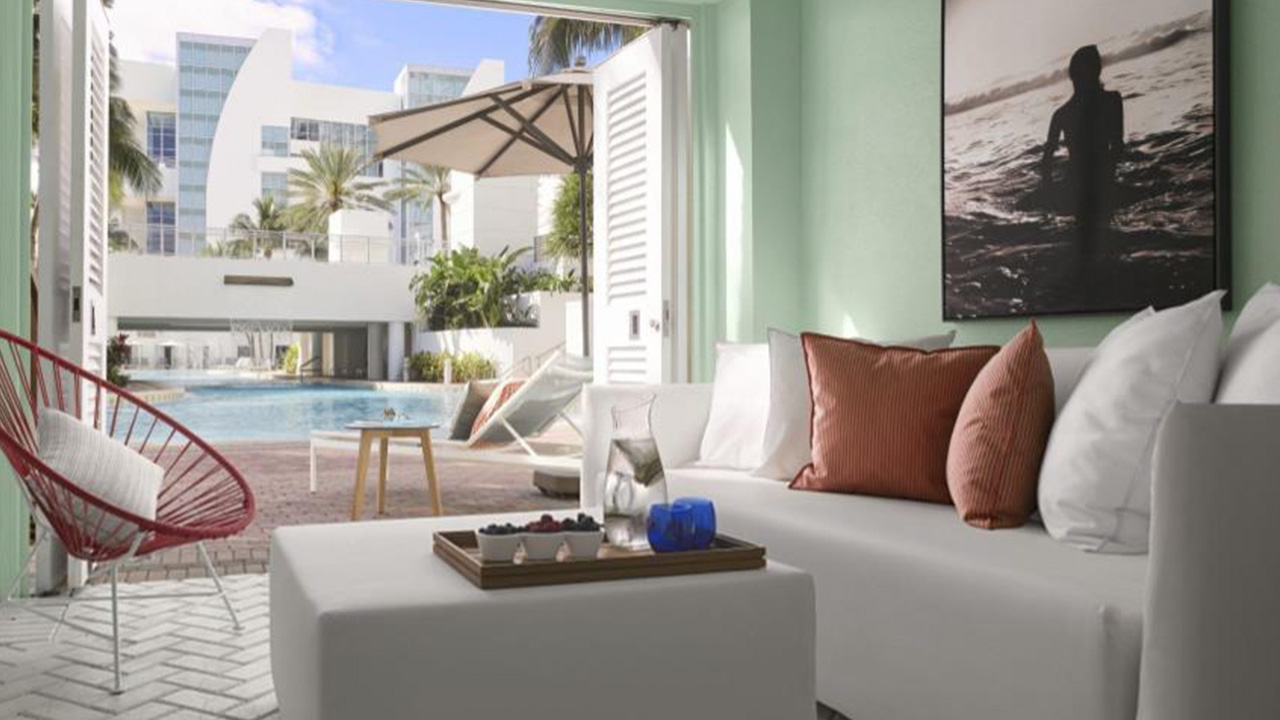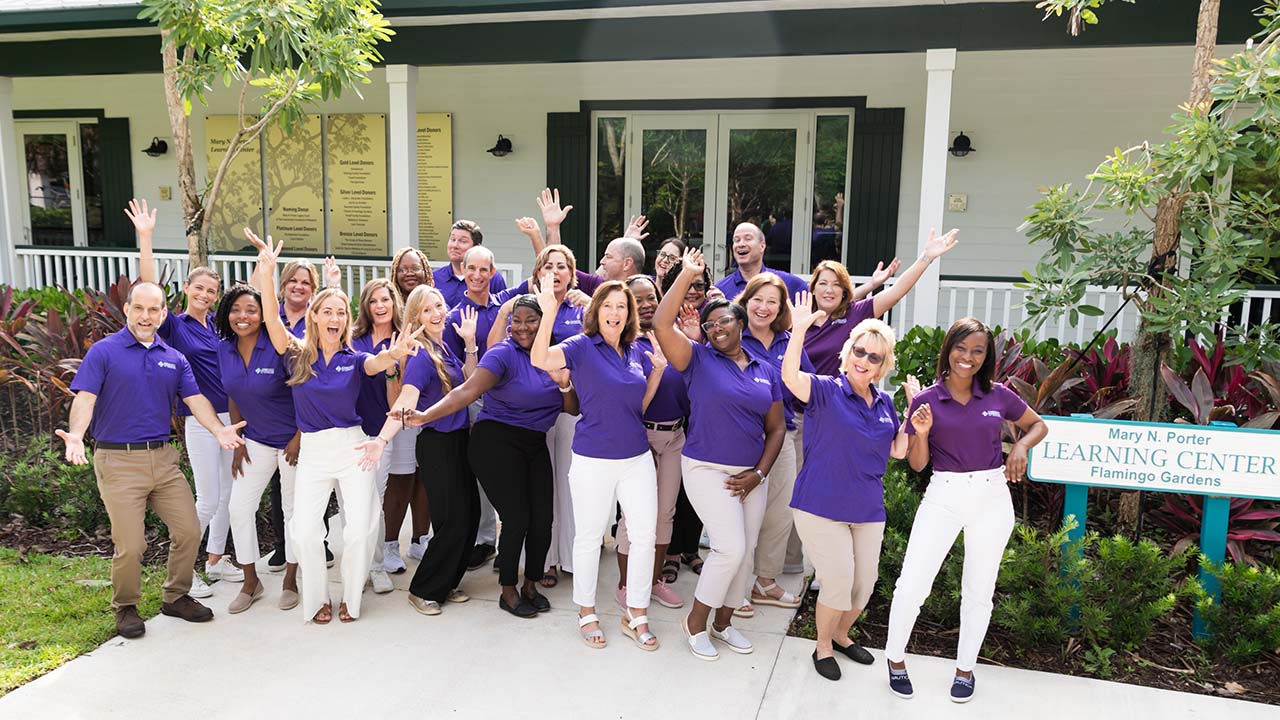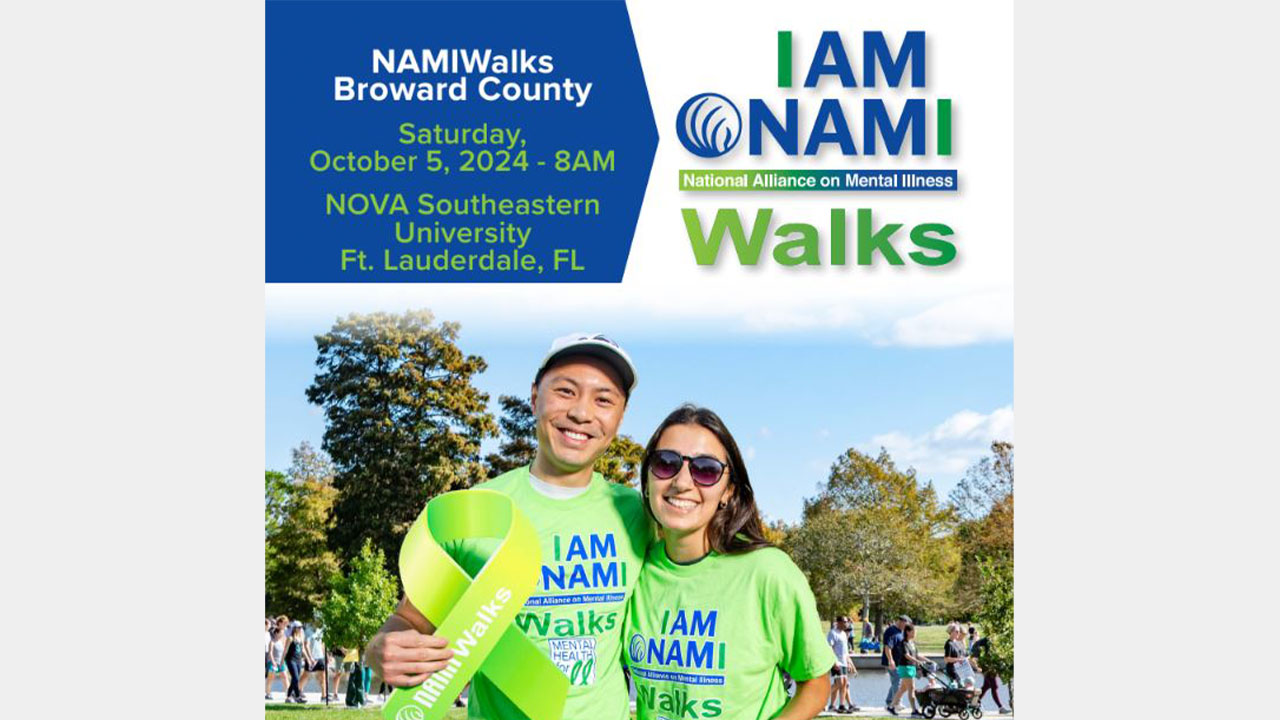What you need to know about European holiday markets
 Sparkling ornaments. Christmas carols. Gingerbread. Spiced hot wine.
Sparkling ornaments. Christmas carols. Gingerbread. Spiced hot wine.
If you love the sights, sounds and fragrances of Christmas, add a European Christmas market trip to your bucket list.
Markets vary by theme, size and style, ranging from the spectacular to the historic. Larger cities often have multiple markets, allowing you to get more bang for your travel dollar.
Germany, with its 2,500 markets, is where most of the traditions we love began; and the Alsace region of France enhanced those traditions in the 1500s by taking decorating to the next level.
No holiday market trip is complete without stopping in Strasbourg, France, the self-proclaimed “Capital of Christmas,” which lives up to its name. Every street in Old Town is decorated and every street is different. The city plans during the entire year, with vendors and business owners hiring decorators to create and execute the themes. It is spectacular—colorful, dramatic, whimsical and opulent. Even Baccarat chandeliers are suspended above one street.
Each year, Strasbourg holds 10 to 12 different markets. Petite France is historical, Place du Corbeau charming, Le Marche du Carre d’Or features high-end glass, candy and other goods; others offer delicacies of the Alsace region (think foie gras) and traditional foods, such as incredible cheeses. It has to be seen to be believed, and it has to be explored to be appreciated; this is a place to take your time. Then, when the lights come on at night, it’s a whole new experience.
 St. Nicholas was first depicted in the Alps as early as the 13th century and Vienna’s December market dates from 1294. Many throughout Germany date to the 1200s and 1300s, and today’s German markets feature nutcrackers and smokers (smaller wooden figures that blow incense), crèche figures of every size and shape, multicolored paper stars, handmade candles, woolen hats, fancy glass balls and inexpensive straw bells.
St. Nicholas was first depicted in the Alps as early as the 13th century and Vienna’s December market dates from 1294. Many throughout Germany date to the 1200s and 1300s, and today’s German markets feature nutcrackers and smokers (smaller wooden figures that blow incense), crèche figures of every size and shape, multicolored paper stars, handmade candles, woolen hats, fancy glass balls and inexpensive straw bells.
Cologne has seven markets and a cute yellow-and-green train to get people around them. A favorite of many visitors, the Alter Markt near Old Town will transport you back in time. Traditional wooden stalls are decorated with woodland carvings, and pine greens are everywhere; vendors and entertainers are in period costume, all under guardianship of local gnomes. The city’s Neumarkt, also known as Angel Market, with lights and stars in the trees, is near a high-end downtown shopping district. One treasure found there: beautiful handmade icicle ornaments.
Munich, the capital of the state of Bavaria, also has a thriving market scene. With seven altogther, Munich also lays claim to having the oldest market, and the charming Middle Ages market gives you an idea of what it might have been like.
 Tradition is the hallmark of the 400-year-old Nuremberg market, known as the “Little Town from Wood and Cloth.” It is celebrated for its unique “Christkind” (Golden Angel), the trademark of this city’s festivities. Wooden stalls are built as they were centuries ago with red and white awnings; flashy lights are minimal, goods are high-quality and restricted to German-made. And the food is wonderful, especially the delicious Nuremberger Rostbratwurst (three sausages on a roll, called drei im weggla). The iconic souvenirs here are Prune Men, costumed figures made from prunes and nuts—to be seen but not eaten.
Tradition is the hallmark of the 400-year-old Nuremberg market, known as the “Little Town from Wood and Cloth.” It is celebrated for its unique “Christkind” (Golden Angel), the trademark of this city’s festivities. Wooden stalls are built as they were centuries ago with red and white awnings; flashy lights are minimal, goods are high-quality and restricted to German-made. And the food is wonderful, especially the delicious Nuremberger Rostbratwurst (three sausages on a roll, called drei im weggla). The iconic souvenirs here are Prune Men, costumed figures made from prunes and nuts—to be seen but not eaten.
The venues are packed with Europeans, and the locals come out midday for lunch and again in the evenings when it’s a party atmosphere, meeting friends for some warm gluhwein (mulled wine) and a bite to eat.
The markets are just as much about food as decorations. They sell ornaments, every kind you can imagine, but as many as half of the stalls feature a variety of foods, including cookie specialties and the popular mulled wine, which is an acquired taste. (Fortunately, hot chocolate is a ready alternative.) German markets serve their hot drinks in colorful ceramic mugs unique for each year to each location. Locals return the mugs for a refund, but for three to five euros you can buy a clean mug to pack away for a perfect souvenir.
Travel Tips
- Have cash on hand; most vendors don’t take credit cards. The surrounding city shops also offer Christmas and local treasures, and shipping back to the States often can be arranged.
- Markets generally run daily from the last week of November until Christmas. Although hours vary, 10 a.m. to 9 p.m. is common.
- There is no central resource for Christmas market information, but you can search online by country or city for details. A little homework on the markets in the cities you plan to visit will enhance your experience.
- A convenient, relaxing way to get to many markets is a Rhine River cruise. Uniworld, Tauck, Viking and others offer eight- to 13-day itineraries.
- Strasbourg is a stop on many Rhine River cruises, but worth a visit. Stay a day or two to appreciate the local shops and restaurants. This is one of the homes of the European Parliament, as well as the base for the Council of Europe. There is much to see and do; a good start is a cruise on a scenic canal tour.
- Many river cruises stop in Basel, Switzerland—be sure to take the excursion to lakefront Lucerne. Swiss markets are decidedly more austere, less ornamented, simple and clean—an interesting juxtaposition to the lavishly decorated German and French markets.
- If you take a river cruise, don’t depend upon the crew to tell you about the holiday markets. They usually will direct you to the main market, usually by the city’s cathedral. They’re nice, but typically they aren’t the most interesting markets. Have a plan.
- Train travel is easy between cities. From almost anywhere, you can jump on a train and, in 15 to 30 minutes, be in a smaller town to see another beautiful market. Germany has a two-for-one rail “twin pass” during market season.
- Walking is essential. Many European cities are not prepared for visitors with disabilities, unlike in the United States. And because you will be walking for hours, be sure to take good shoes or snow boots that can get wet, as well as a lightweight down coat, scarf, hat and gloves.




